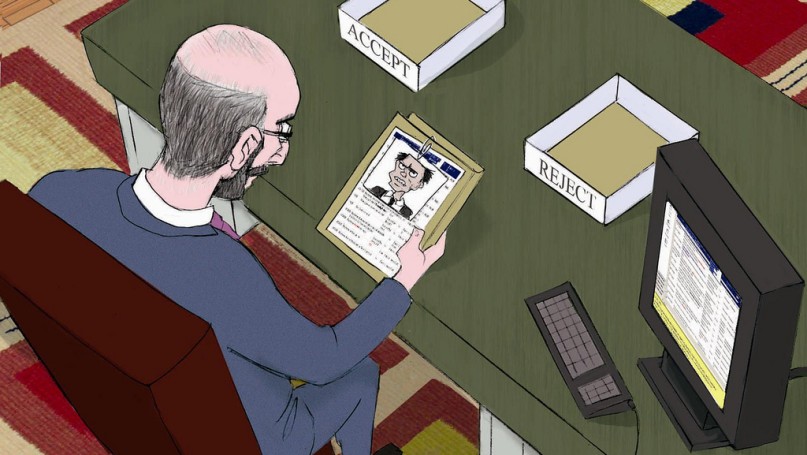
This week The Ivory Tower presents a five part series about life inside an academic journal. In this fourth part the CEU PSJ Managing Editor takes us through the publication process step-by-step. Previous parts of this series can be found here, here and here.
Getting published in academia is a big deal and especially so for young or early-career academics. Journals are often a key outlet for publishing research in the early stages of an academic’s career, lending themselves, as they do, to less expansive projects than required, say, for a book or monograph.
Getting published in the Central European University Political Science Journal starts the same way for every potential author whether a full professor, established researcher, or struggling graduate student with submission of a finished and properly formatted article to the journal’s submissions email address. From the moment of submission, the work for the editor, the editorial board and the reviewers begins.
“Every paper is screened by one of the editors within one week from its submission,” Managing Editor Sergiu Gherghina explains. “If it does not meet basic criteria such as fit for the journal or minimum standards for publication we reject it immediately. If it meets all of our criteria, we send it out for review.”
Sergiu explains that one of the great misconceptions of the editors role is that they are often held to be the sole arbiters of what is published and what is not. “People sometimes believe that the editor decides what goes in the journal,” he says, “It is not true. Instead, publication is based on reviewer reports and on the editorial board’s assessment of those reports.”
The peer review process is thus a key part of the publication process for any journal and the CEU PSJ has a panel of three reviewers assess each and every submission to the journal. “We select three reviewers from our database that best fit the profile of the submitted manuscript and we ask them to submit the evaluation within one month,” he explains. This one month window is set so as the journal can give timely feedback to authors.
Reviewers complete a standard review form for the journal responding to questions and prompts on various aspects of the article they have read, including its originality, potential interest to the journal’s readership, and the quality of the writing. Reviewers also make an overall recommendation on the worth of the article and choose from one of four options: accepted for publication, revise and resubmit with minor revisions, revise and resubmit with major revisions, or rejected for publication. Gathering the three reviewer reports together, the editorial board makes their decision about what will be published and what will not.
“If two out of three recommend rejection on good grounds, we reject the manuscript sending the author all the comments. If the recommendation is revise and resubmit we offer the author the possibility to revise the manuscript within two months,” Sergiu says. He adds that, in the history of the journal, no manuscript has ever been accepted without at least minor revisions.
Following revision and resubmission, another stage of editorial review is launched. “If the author re-submits we look at the revisions (we ask authors to make them in a different colour) and send them to the original reviewers,” he explains. “If they are happy with the revisions, we proceed with the publication. If not, we ask for another round of reviews.”
Once the paper has moved through all stages of review and revision, it is sent for final copyediting and then finally formatted to the journal’s printing style. Some months after the article was first submitted it will be published online and, shortly afterwards, in a hard copy print edition of the journal, too.
It’s a lot of work for the managing editor and the editorial board but it is rewarding in more ways than one. On top of the pleasure that comes from publishing world class scholarship in political science and international relations come a number of additional benefits for the volunteer editorial and review boards.
“I learn many things about many different aspects of political science, even if papers do not go on to be published,” Sergiu says. “I also learn new ways of criticizing manuscripts when reading the reviews to the received articles.” He notes, too, the benefits that flow from managing an international journal in terms of international collaboration, international networks, and transnational communication in the discipline. While journal boards are often unpaid positions, the benefits that flow to those involved in publishing academic work and the contribution to scholarship that participating on a journal board offer those unpaid workers are real and significant.
Further Reading on E-International Relations
- Publishing from the PhD: Reflections on My First Experience of Peer Review
- Process Sociology and the Global Ecological Crisis
- Reflections on Critical Theory and Process Sociology
- The Process of European Integration Through the Lenses of Institutionalism
- Animal Suffering and the Civilizing Process
- Capital Mobility and Development Process: The New Political Economy Thoughts